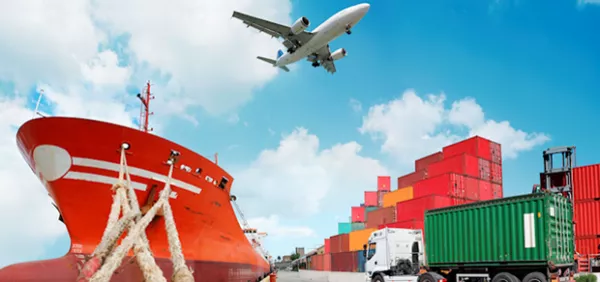The volume of exports of Russian agricultural products at the end of the year will again exceed imports. First Deputy Minister of Agriculture Oksana Lut said this at the international forum World Quality Day 2022, Prime reports. The country first became a net exporter of agricultural products and food in 2020 and retained this status in 2021. According to Loot, now the volume of exports of Russian agricultural products in monetary terms is 13% more than a year ago.
At the end of September, Loot estimated that exports of agricultural products by the end of the year could exceed $40 billion. Last year it amounted to $37.1 billion. “Our products are loved. We just need to produce more. Because there is a demand for our products, despite all the political things. It is impossible to live without food. Since we can produce more from our land resources, our products will be bought,” says Loot.
Albina Koryagina, a partner of the NEO Center company, calculated that today the export of agricultural products is not 13%, but 16% higher than last year. Among the leaders in export growth are oil and fat products, the export of which increased by 29%, grains - plus 6%, fish and seafood - plus 11%. Shipments of meat and dairy products increased by 20%, food and processing industry products - by 7%. “Of course, there are also difficulties, for example, with cereals. Due to external restrictions and the existing calculation of the export duty, with the current price reduction, the total volume of grain exports will increase, but not in proportion to the record harvest, Koryagina commented. “Also, according to our data, exporters complain about hidden sanctions regarding the transportation of products from Russia to international markets. The cost of logistics has increased markedly, there have been failures in settlements with foreign suppliers due to sanctions against Russian banks.”
The federal center "Agroexport" earlier predicted that by 2024 the growth of exports of agricultural products from Russia will be 18.8%. In monetary terms, deliveries may increase by $6.98 billion compared to 2021 levels. This should be facilitated by the implementation of 395 sectoral export projects, the volume of investments in which is estimated at 1.2 trillion rubles. The main investments - about 73% of this amount - fall on four industries: food - 21.1% (255 billion rubles), deep processing of grain - 19.8% (240 billion rubles), meat - 16% (194 billion rubles). rubles) and oil and fat — 15.6% (189 billion rubles). They mainly specialize in the production of products with high added value, Agroexport noted.
Andrey Kucherov, head of the department for strategic communications and promotion of agricultural products at the Agroexport center, said during the forum that by 2030 Russia can increase the export of halal products to the Gulf countries and Egypt by six times, up to more than $700 million, compared to 2020, when it reached $116 million, Finmarket writes. The main share in the supply of halal products was confectionery (59%) and meat products (40%).
According to Kucherov, meat products have the greatest potential. It accounts for up to 10% of the total production of poultry, beef and lamb in the country, since it is also in demand in the domestic market. The key overseas buyers are Saudi Arabia and the UAE. According to Kucherov, Saudi Arabia as a whole imports meat products for more than $1.2 billion a year, dairy products for $670 million, confectionery products for more than $1.1 billion. — more than $300 million. To realize the export potential of Russian halal products, Agroexport initiated the development of a strategy for its promotion to the markets of the Middle East and North Africa. According to the presentation of the center, the market for halal food products in these regions is $441 billion a year. The total demand for such products in the world is estimated at $1.3-1.4 trillion per year, by 2025 it can grow to more than $1.7-2 trillion.
© Inline LLC 2015-2025. Privacy Policy | Terms of Service